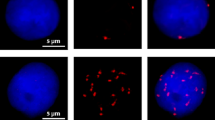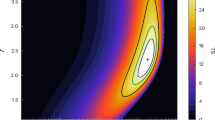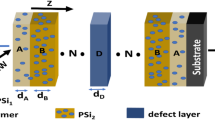Abstract
WITH the development of highly sensitive γ-ray detectors, it has become possible to carry out nondestructive measurements of the low levels of γ-ray activity emitted by various biological materials. Since γ-ray measurements may be made rapidly without any special preparation or modification of the material measured, the application of this technique to agricultural research problems has much to recommend it. The advantages of the nondestructive γ-ray measurement technique appear to justify exploratory research to determine if such measurements may be used to estimate other factors to which they may be related1.
This is a preview of subscription content, access via your institution
Access options
Subscribe to this journal
Receive 51 print issues and online access
$199.00 per year
only $3.90 per issue
Buy this article
- Purchase on SpringerLink
- Instant access to full article PDF
Prices may be subject to local taxes which are calculated during checkout
Similar content being viewed by others
References
Kulwich, R., Feinstein, L., and Anderson, E. C., Science, 127, 338 (1958).
Anonymonus, Agricultural Marketing, 5, No. 2, 10 (1960). (Published by the Agricultural Marketing Service, U.S. Department of Agriculture, Washington 25, D.C.).
Von Bergen, W., and Mauersberger, H. R., “American Wool Handbook ”, 317, 396 (Textile Book Publishers, Inc., New York, 1948).
Vinogradov, A. P., Biokhimiya, 22, 14 (1957) (English translation available from Consultants Bureau, Inc., New York).
Gustafson, P. F., Marinelli, L. D., and Brar, S. S., Science, 127, 1240 (1958).
Author information
Authors and Affiliations
Rights and permissions
About this article
Cite this article
KULWICH, R., FEINSTEIN, L., DECKER, R. et al. Radioactivity in Wool. Nature 188, 511 (1960). https://doi.org/10.1038/188511a0
Issue date:
DOI: https://doi.org/10.1038/188511a0
This article is cited by
-
Radioactivity in Wool
Nature (1961)



